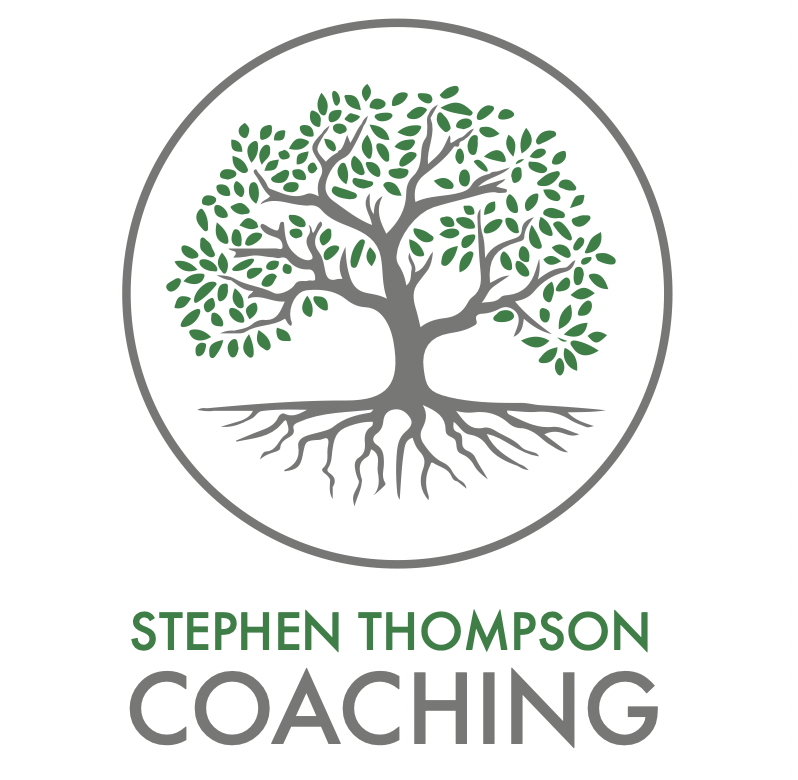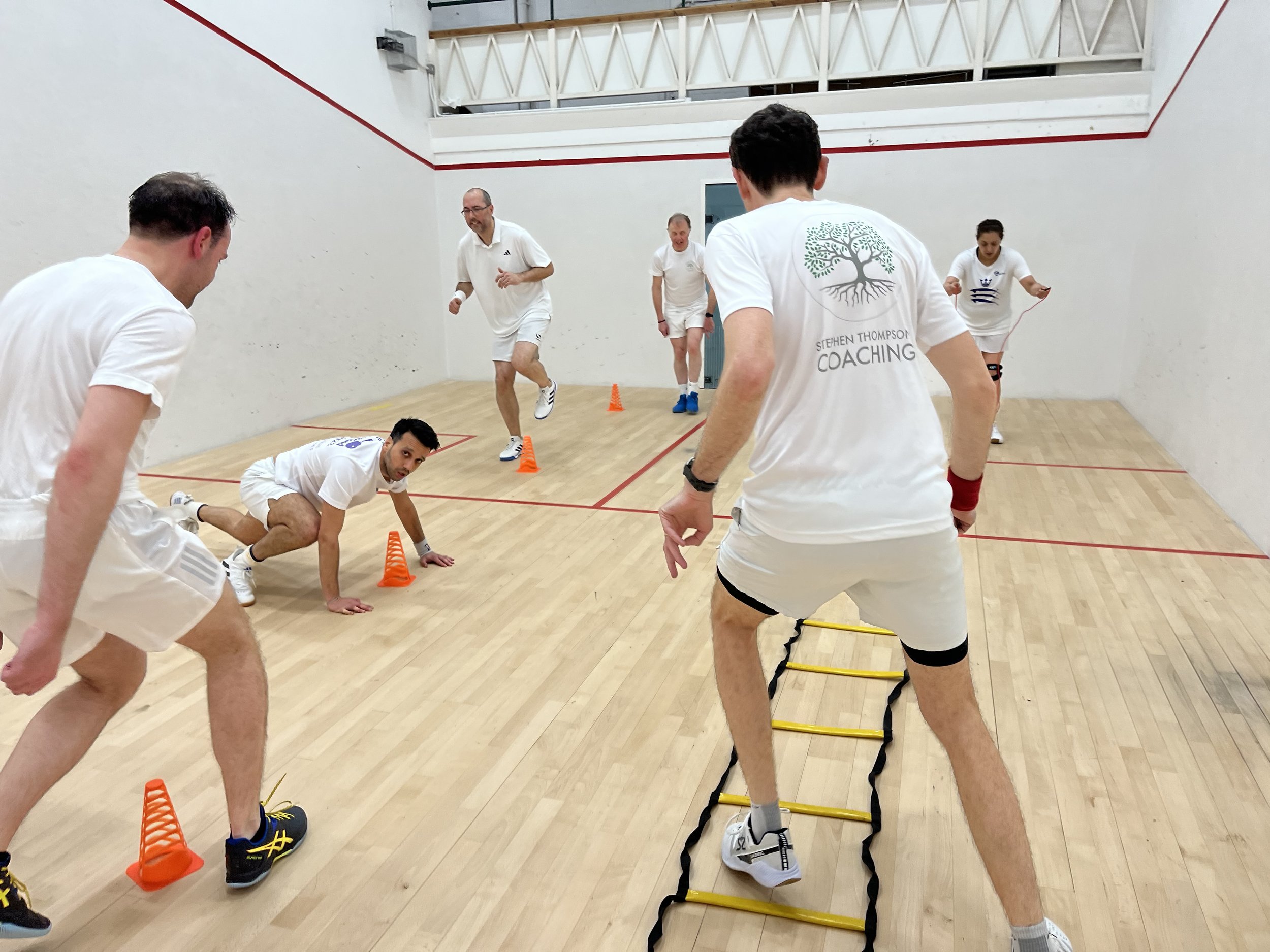Improve your squash fitness - 3 areas you can't ignore
Squash is one of the most physically demanding sports on the planet. To play well, you need more than just skill - you need endurance, strength, and the ability to explode into movement again and again. If you’ve ever played a full game of squash, then you’ll know that if your fitness was better than it is - you would almost definitely have played better!
In this article we’re going to go through the 3 key areas of fitness you can’t ignore if you’re going to improve your fitness for squash - whether you’re a rising junior or a competitive adult.
1. Cardiovascular Fitness (Endurance & Speed)
Definition:
Cardiovascular fitness is your body’s ability to supply oxygen to your muscles during sustained activity. In squash, this means keeping your heart and lungs working efficiently so you can recover quickly between rallies and maintain intensity throughout a match.
Why It Matters for Squash:
Squash rallies can last 20-60 seconds with very short rest periods - it’s a blend of aerobic endurance (lasting the match) and anaerobic power (executing explosive bursts). Players like Ali Farag and Nour El Sherbini show exceptional cardiovascular conditioning. Their ability to cover the court relentlessly while staying composed is a product of world-class fitness.
Tips to Improve:
On-Court Tip:
Play “continuous ghosting” drills - move to each corner without striking a ball for 30-60 seconds, rest 30 seconds, and repeat 6-8 times. Focus on smooth, efficient movement and maintaining intensity throughout.
(Progression: add a partner who feeds you real balls to increase unpredictability and simulate match conditions.)Off-Court Tip:
Add interval running or bike sprints to your training. For example: 30 seconds fast, 30 seconds rest, repeated 10-15 times. This trains your heart to handle the high-intensity demands of match play.
2. Whole Body Strength (Core & Lower Body)
Definition:
Strength in squash isn’t about lifting heavy weights - it’s about functional strength across your core, legs, and stabilising muscles, allowing you to control your movement, stay balanced, and generate power efficiently.
Why It Matters for Squash:
A strong lower body supports deep lunges, powerful drives, and quick recoveries. The core stabilises your body as you twist, reach, and rotate. Players like Paul Coll are prime examples - his leg and core strength let him recover from any position and move explosively again within a split second.
Tips to Improve:
On-Court Tip:
Include “lunge and recover” shadow drills — step into a deep lunge as if hitting a straight drive, hold the position briefly to engage your core and glutes, then recover to the T. Do 10 reps per side for 3 sets.
(Focus on smooth control rather than speed.)Off-Court Tip:
Incorporate compound strength exercises such as squats, lunges, and planks.Example circuit: 10 squats, 10 lunges each leg, 30-second plank (3 rounds).
Build towards single-leg and rotational strength work for greater stability and shot control.
3. Explosiveness (Movement & Footwork)
Definition:
Explosiveness is your ability to accelerate quickly, change direction sharply, and reach the ball early - it’s where speed meets power. This is what separates good players from great ones.
Why It Matters for Squash:
Every rally demands bursts of acceleration in multiple directions. The faster and more efficiently you move, the more time you have to set up your shots. Players like Mostafa Asal and Diego Elias show outstanding explosive movement. I was lucky enough to see the World number 1 and World number 2 face off at the British Open earlier in 2025. Their ability to attack short balls and recover instantly is world class.
Tips to Improve:
On-Court Tip:
Try multi-directional ghosting with quick starts - from the T, react to visual cues (like a coach’s hand signal or a shouted corner) and explode into movement. Focus on short, sharp steps and recovering fast.
(Work for 15-20 seconds, rest 20 seconds, repeat 8-10 times.)Off-Court Tip:
Incorporate plyometric training such as squat jumps, lateral bounds, or box jumps.
Example: 3 sets of 8-10 reps with full recovery between sets to maintain quality and explosiveness.
Final Thoughts
Squash fitness isn’t about endless running or lifting heavy weights - it’s about training the specific movements and energy systems that match the game. By building your endurance, strength, and explosiveness, you’ll not only last longer and move faster - you’ll play with more confidence, control, and precision.
Consistency is key. Start small, train smart, and over time, you’ll notice the difference every time you step on court.
Want some help building your fitness? Book a Squash Fitness Assessment with me below:
Click HERE to book a Squash Fitness Assessment with Stephen.
Enter your email below to join our mailing list for more useful content about squash.



